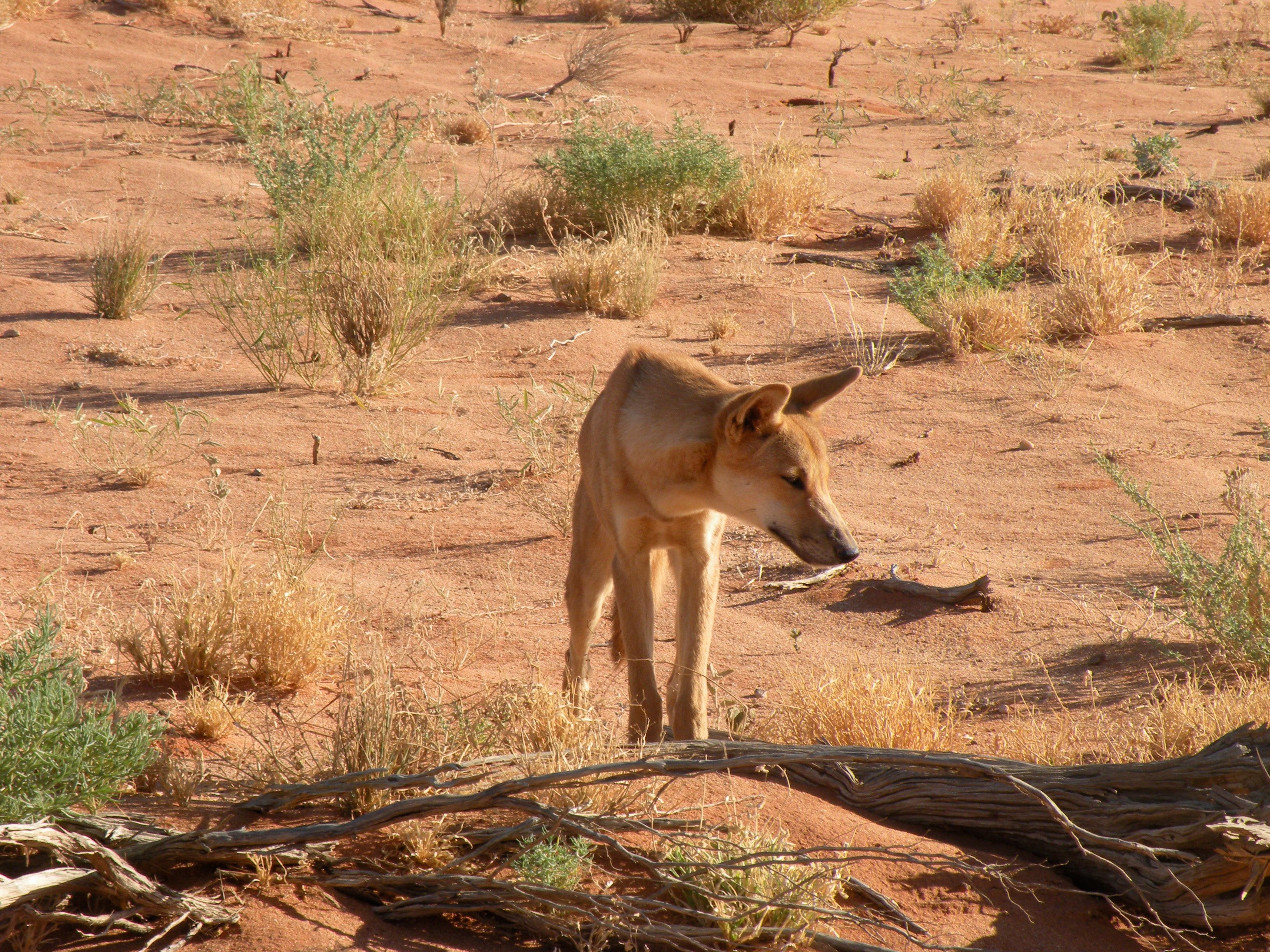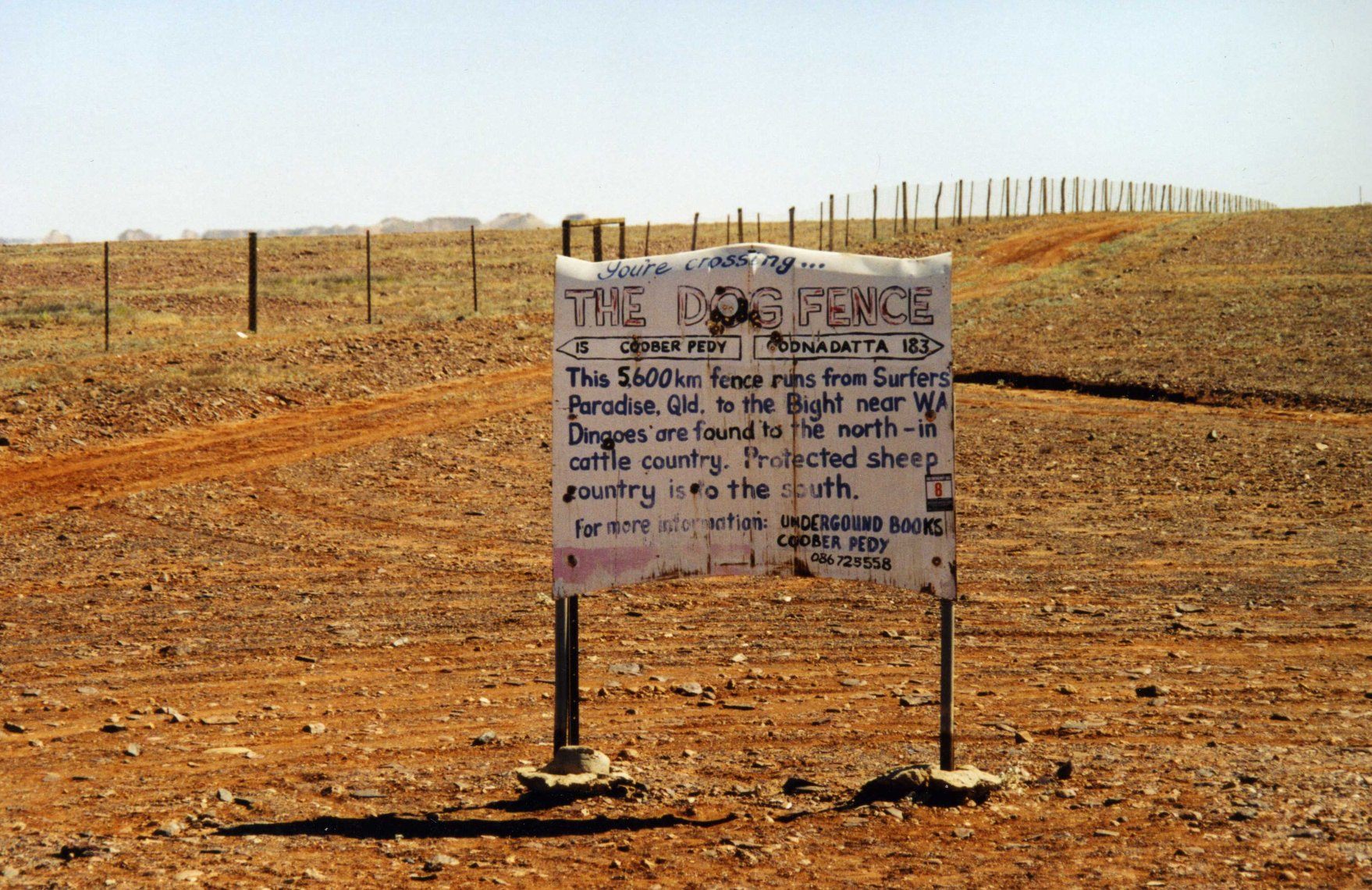The Unexpected Consequences of Australia’s 3,500-Mile Dog Fence
Fewer dingoes mean more kangaroos, less grass, and perhaps an entirely different ecosystem.

Dingoes are the scourge of Australian sheep farmers, so authorities established the Dog Fence in 1946—3,488 continuous miles of fence built or updated to prevent the wild dogs from entering the southeastern part of the country. Sheep aren’t the only beneficiaries. Kangaroos, the dingoes’ favorite meal, have flourished on the other side of the fence. A new study now suggests that the absence of these predators has also reshaped the entire ecosystem of the dingo-free region.
Trophic cascades—the idea that predators such as dingoes can impact entire ecosystems in unpredictable ways—are a contentious topic. For example, the reintroduction of wolves to Yellowstone National Park, it is said, changed elk foraging habits, resulting in a rebound in the park’s trees. Studies have since shown the situation is a bit more complex, and most cases, including Yellowstone, are only studied after the fact, so there is very little experimental data to rely on.

This new study is one of the first controlled experiments to test trophic cascades. Researchers set up fences around plots on both sides of the Dog Fence, then took a dingo and kangaroo census inside each area. They also measured vegetation cover and took soil samples.
The Dog Fence is definitely doing its job. On the northern side of it, the scientists found 85 dingoes and just eight kangaroos. The southern side was a kangaroo paradise, where 3,200 of the hopping marsupials vastly outnumbered the lone dingo they spotted. On that side, the researchers also created an area free of kangaroos, and found that it had 12 percent more vegetation cover and more soil carbon than plots kangaroos could access. The researchers think the kangaroos might eat grass and then take that carbon content elsewhere, to more forested areas where they lounge during the hottest parts of the day. This suggests that the absence of dingoes changes the outback in fundamental ways.
Some ecologists remain unconvinced, and posit that the difference in vegetation cover could be influenced by sheep or water, rather than the ratio of kangaroos to dingoes. The work at least shows that such controlled experiments are possible. But even if ecologists are one day convinced that dingoes are part of a trophic cascade, it will take much, much more to persuade sheep farmers to do away with the Dog Fence. Dingoes will likely have to keep gazing hungrily across it for some time.





















Follow us on Twitter to get the latest on the world's hidden wonders.
Like us on Facebook to get the latest on the world's hidden wonders.
Follow us on Twitter Like us on Facebook